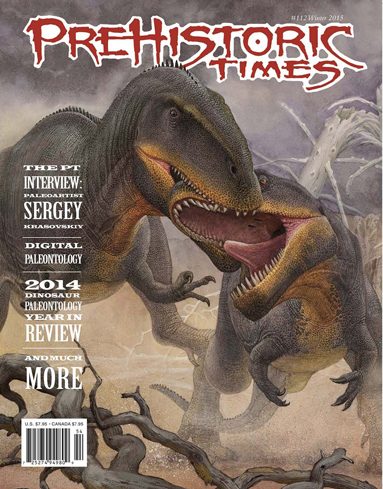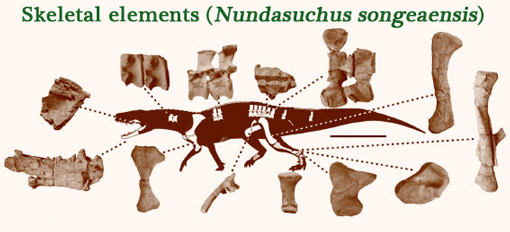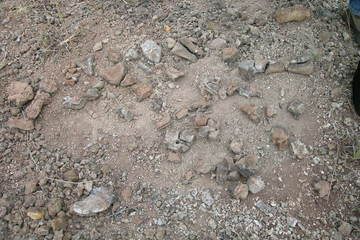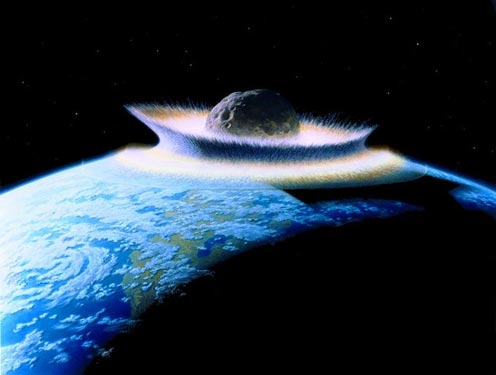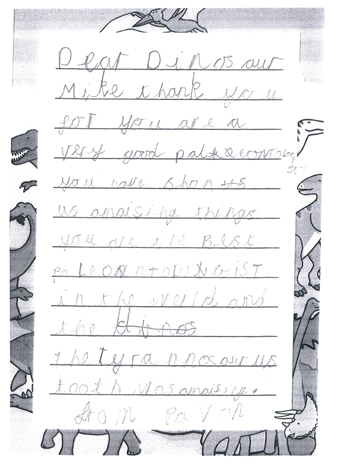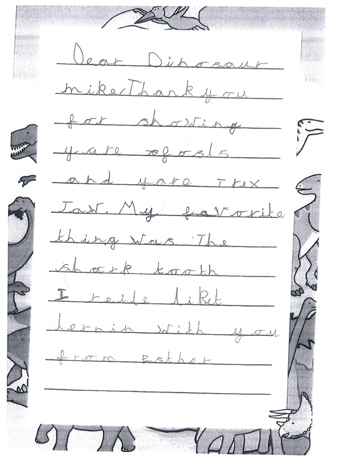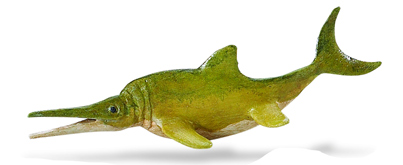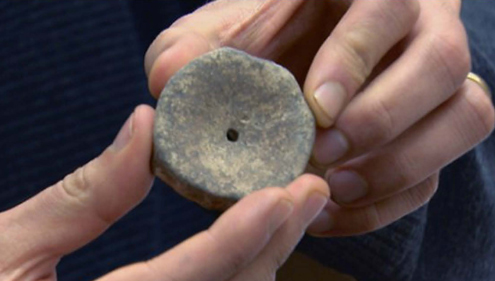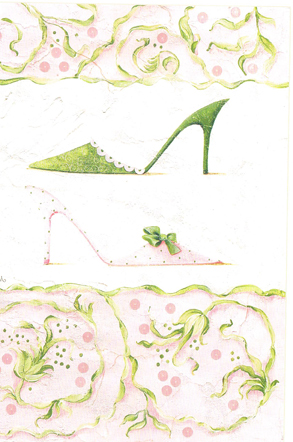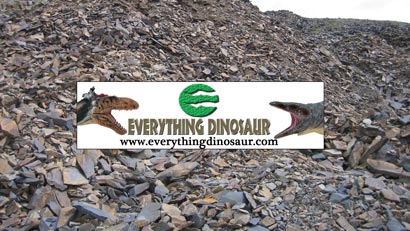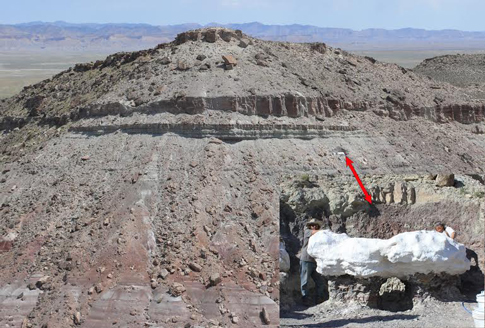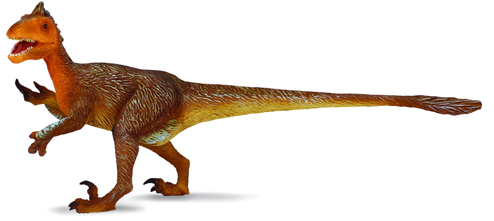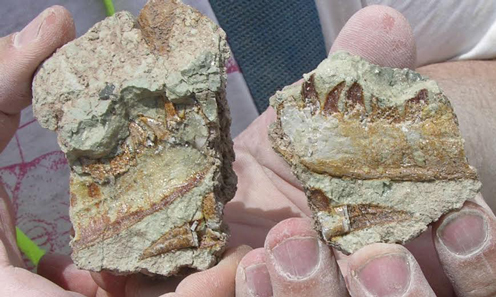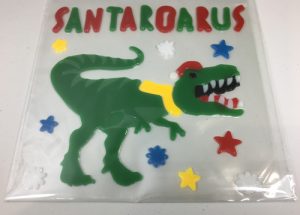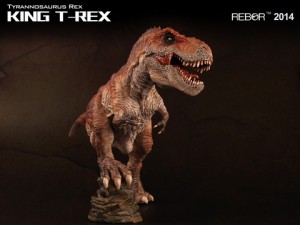New Prehistoric Times Magazine Reviewed (Issue 112)
Winter 2015 Prehistoric Times Magazine Reviewed
Having had the chance to read the latest edition of the dinosaur model collectors magazine “Prehistoric Times”, it is time to write a quick review of issue 112 (winter 2015). Once again the magazine is jam-packed with articles, information and features that is going to make dinosaur fans forget about waiting for new “Jurassic World” trailers, well, for a while at least anyway.
Ukrainian artist Sergey Krasovskiy is interviewed by Mike Fredericks and the article showcases some of Sergey’s amazing illustrations. We learn that at the moment Sergey is currently working on a number of “English language projects” and given the problems in his home country at the moment we wish him well with his endeavours.
Prehistoric Times Magazine
Prehistoric Times (Winter 2015)
Picture credit: Mike Fredericks
Squabbling Tyrannotitans
The front cover of the latest edition of “Prehistoric Times” features a pair of squabbling Tyrannotitans. This watercolour was painted by Sergey Krasovskiy who is featured in an interview inside. The face biting behaviour as depicted in the picture is supported by pathology found on the skulls and jaws of several theropod genera.
One of the featured prehistoric animals in this edition is Apatosaurus. Such was the influx of artwork submitted by readers that more images will be included in the 2015 summer issue. Phil Hore provides a commentary about how our perceptions of this iconic sauropod have changed over the years and the talented Tracey Lee Ford adds to the debate by presenting his thoughts on the Aptatosaurus versus Brontosaurus debate in his excellent “How to Draw Dinosaurs” feature.
Liopleurodon and Apatosaurus
Phil also guides us through in his own words a “quick history” of Liopleurodon. Once again, this well written piece contains lots of reader submitted artwork, including an illustration by Mr Krasovskiy which shows a Liopleurodon grubbing about on the seabed in search of stones to be swallowed as ballast/gastroliths for this nektonic predator.
Allen A. Debus takes us back down memory lane as he recalls the many life-size models made in the 1960s. Steve Brusatte, (University of Edinburgh), does well to shoe-horn a review of major palaeontology news stories of last year into three pages, yes we know the word “palaeontology” is spelt in the American fashion, but Steve is an American after all and “PT” as fans call it is an American magazine. Everything Dinosaur has covered the stories in a little more depth on this blog, but Steve’s contribution to this issue provides an excellent summary of major discoveries and research findings.
Dinosaur News Stories and Book Reviews
Amongst the news stories, product updates and book reviews, the editor Mike Fredericks has dedicated a double page spread to miscellaneous artwork sent in. This really does show the breadth and depth of talent out there with stunning images from the likes of Davide Bonadonna, John Sibbick and Nathan E. Rogers.
Long-time dinosaur model collector (and geologist), Mike Howgate delivers an interesting article that delves into the advent of promotional prehistoric animal models. Entitled “Mesozoic Musings”, we look forward to hearing more from this talented individual who spends his time between dinosaur model collecting and his other extensive interests which include giving guiding walking tours of the City of London.
To learn more about the magazine “Prehistoric Times” and to subscribe: Prehistoric Times.
From digital dinosaurs to dinosaur displays and drawings, the latest issue of “Prehistoric Times”, just like the Tyrannotitans on the front cover, has a great deal to get your teeth into!
For dinosaur models visit Everything Dinosaur’s award-winning website: Dinosaur and Prehistoric Animal Models.


